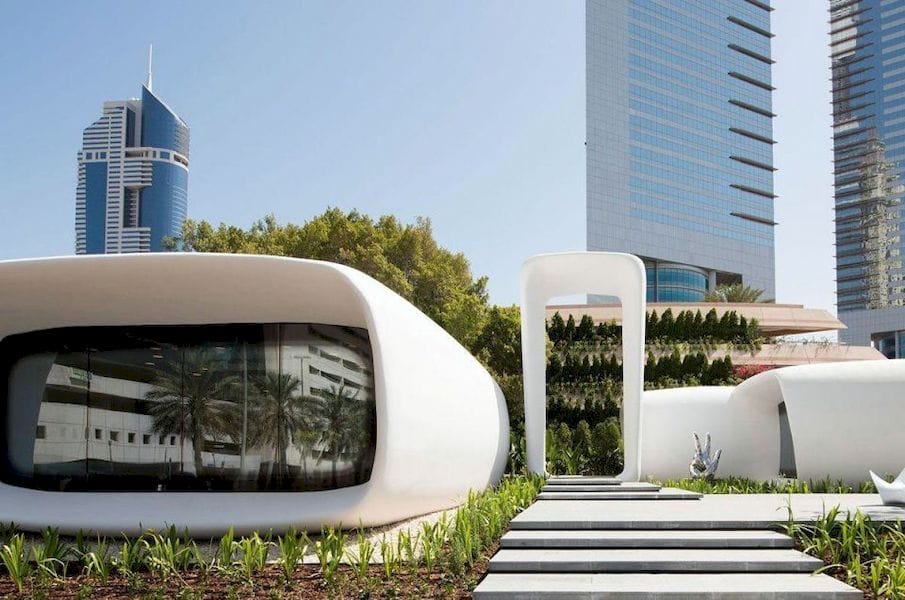
A project in Dubai is to print habitable villas to be actually occupied by residents.
According to a report on Arabian Business, the first 3D printed villas will be produced in about two months. They are intended to provide housing for a government housing initiative.
The report also indicates the authorities in Dubai have obtained “all the necessary tools and equipment to build the villa”, which likely includes the 3D printing equipment. Unfortunately they did not mention or describe the equipment involved, but it is likely from one of the very few vendors of this type of system.
I’m fussed about this project because in the past 3D printed buildings have not been financially feasible. Yes, they have been shown to be technically feasible, but whether someone’s going to pay for it is another matter.
In a post last year I detailed my reasons why 3D printed buildings may – or may not become feasible. The reasons for potential feasibility were almost entirely non-technical reasons.
But why does Dubai pursue 3D printed buildings with such vigor? The report says:
By 2030, 25 percent of the city’s new buildings will be “printed” in an attempt to reduce construction costs and shorten delivery timeframes – which is especially important in the affordable housing sector.
I am very skeptical of these reasons, mainly because 3D printed structures tend to be far more expensive than current approaches, unless some highly unusual geometry is desired – which is likely not the case here for affordable housing. In fact, the report also says:
Currently, the process is still more expensive than conventional building methods; moreover it is in its embryonic stages, being able to accommodate only rudimentary designs. However, within a 10 to 15-year time frame, it appears likely that this form of ‘printing’ will start to replace existing methods of construction.
Perhaps they’re going for the long game here.
But it may be something else. In the Gulf much of the work is done by expats labor imported from elsewhere by the attraction of high salaries. There has been plenty of controversy about this practice, with, for example, reports of up to 1,200 construction-related deaths occurring in Qatar for building World Cup 2022 facilities. Dubai might have similar issues with all the recent construction projects underway.
It may be that rather than improve labor practices, they instead want to automate the process through 3D printing.
It may also be that they wish to provide more consistent and timely results because robotic 3D printers don’t take breaks, work 24 hours a day and have no labor interruptions.
Regardless of the current state of feasibility, it will be certainly highly interesting to see how well this project proceeds in the next while.
Via Arabian Business

